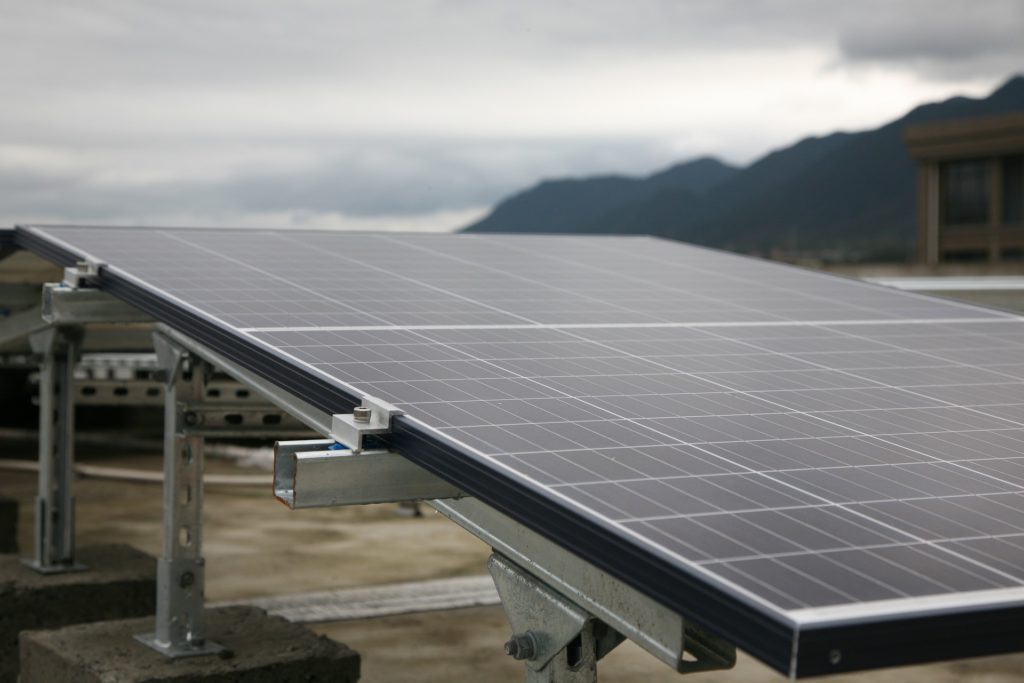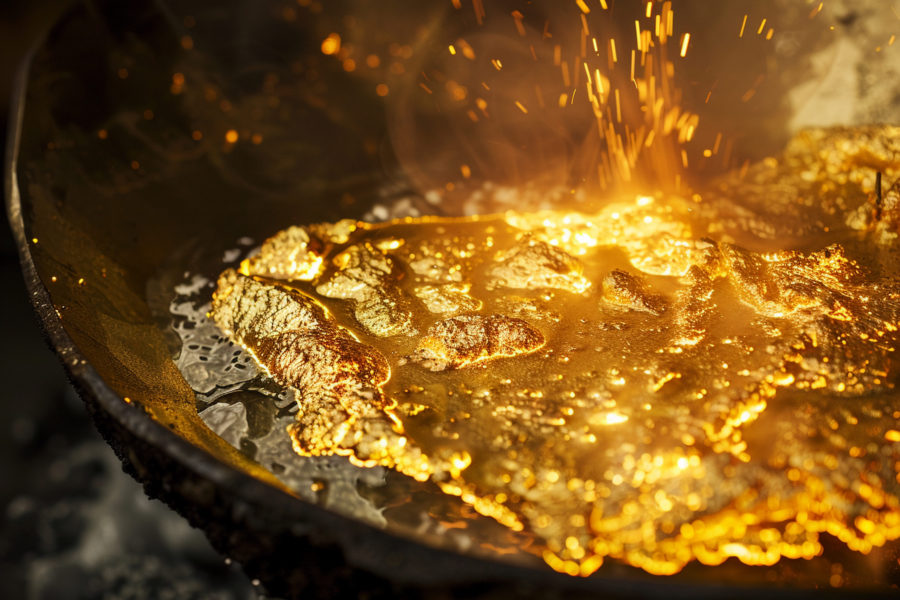Column: Energy transition story rekindles fund interest in metals

The global energy transition was the dominant theme at this year’s London Metal Exchange (LME) Week, the annual gathering of the world’s metals producers, users and traders.
True, the metallic path to net zero is proving much bumpier than expected. Prices of battery metals such as lithium, cobalt and nickel have bombed over the last year. Too much supply has been brought on too quickly just as electric vehicle sales have hit a slow patch.
But the promise of a future boom is undiminished.
Many key energy transition metals are expected to face supply shortfalls this decade, some as soon as this year, according to BloombergNEF.
The research house predicts the world will need three billion metric tons of metals between 2024 and 2050 to meet global emissions targets. The figure doubles to six billion in a net zero scenario.
It’s an enticing bull narrative, particularly when the current reality is one of weak metals demand as China’s growth engine misfires and Europe’s manufacturing sector contracts.
And it’s one that is starting to attract much broader interest. The fund industry, which has been underweight metals for over a decade, is now eyeing up the opportunities offered by the energy transition.
A potential return of heavyweight investment flows to the sector could be as powerful a price driver as physical supply shortages.
Lost decade
Fund allocations to the commodity sector have declined from around 10% to 2% over the last decade, according to Aline Carnizelo, managing partner at fund manager Frontier Commodities, who spoke on the investment panel at the LME’s Monday seminar.
The last great money surge came in the late 2000s, when investment funds, including giants such as The California Public Employees’ Retirement System, bought into the idea that commodities could serve as an effective inflation hedge.
The strategic allure was overlaid by the bull narrative surrounding China’s rise as an industrial powerhouse and the accompanying explosion in demand for industrial metals.
Things didn’t work out as expected.
The global financial crisis caused metals demand and prices to slump. A massive Chinese stimulus program fed one last bull surge but this was followed by years of decline.
LME copper hit what was then an all-time high of $10,190 per ton in February 2011. The ensuing downtrend played out for five years before the price finally bottomed out at $4,318 per ton in January 2016.
Meanwhile, successive rounds of quantitative easing by central banks during this period crushed interest rates, undermining the case for commodities as an inflation offset.
Metals revisited
Inflation expectations have changed significantly in recent years and fund managers are once again looking at commodities as a way of generating an inflation-adjusted return.
The ideal ratio of hard assets in an investment portfolio should be between 4% and 9%, according to Jigna Gibb, head of commodity index products at Bloomberg, who also spoke on the LME Monday seminar panel.
That’s at least double current allocations in a sector that is valued in the trillions of dollars.
Metals are the clear stand-out in the commodities sector thanks to their pivotal role in decarbonization.
Funds have so far sought exposure to the energy transition theme by buying equities in the mining and industrial technology sectors rather than the raw inputs, according to Michael Stewart at Legal & General Investment Management, one of Europe’s largest asset managers.
However, that’s changing, he told the seminar.
“We’re having conversations with our investors that we would not have had three or four years ago about considering energy transition commodities,” he said.
The opportunity for more investment in metals is “tremendous” and spans a wide spectrum of players from sophisticated pension and insurance funds to mass market retail investors, he added.
And the energy metals story dovetails neatly with the renewed interest in inflation-proofing fund returns.
In a greener economy metals such as copper, aluminum and lithium have the potential to be just as powerful future drivers of inflation as oil and gas are in today’s carbon-intensive economy.
Double-edged sword
A major reallocation of pension fund money to commodities in general and metals in particular might be welcome news for producers, traders and exchanges.
But the scale of potential global fund flows risks swamping what are small markets relative to equities or bonds.
Copper’s turbo-charged rally earlier this year may be a harbinger of the volatility to come.
Funds stampeded into copper amid much hype about limited supply at a time of accelerating demand from new energy applications such as solar, wind and electric vehicles.
Investors’ fear of missing out drove LME copper to a new nominal high of $11,104.50 per ton in May.
What followed was a buyers strike and aggressive de-stocking, including unprecedented exports of refined copper from China, normally the world’s largest importer of the red metal.
Funds sold out their long positions just as quickly as they had bought them and copper fell below the $9,000 level in early August.
The bull narrative, however, hasn’t lost any of its resonance. Copper was the top pick for attendees at last week’s LME seminar for the third year running.
If enough investors agree, copper’s potential for further price gains will become a self-fulfilling prophesy.
But that was how things looked in the 2000s as well. The reality proved very different.
(The opinions expressed here are those of the author, Andy Home, a columnist for Reuters.)
(Editing by Kirsten Donovan)
More News
{{ commodity.name }}
{{ post.title }}
{{ post.date }}


Comments